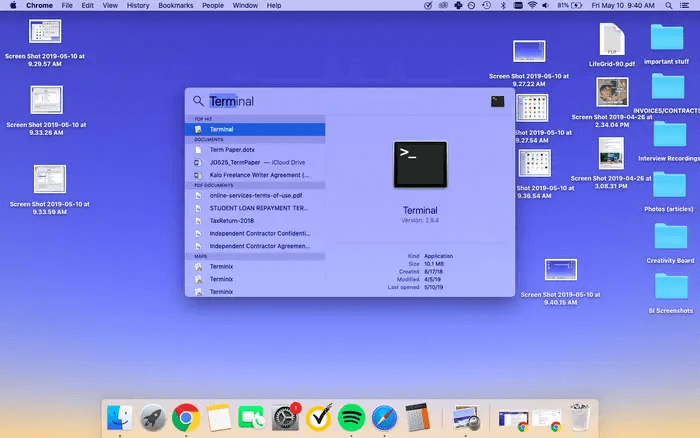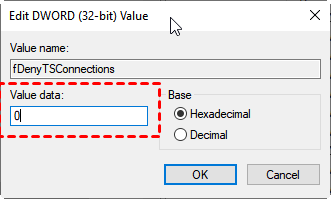

However the provided instructions for enabling it are only for Windows and Mac with no mention of Linux.

To enable Chrome Remote Desktop to prevent someone physically present at a host machine from seeing what a user is doing while a remote connection is in progress The page Control use of Chrome Remote Desktop refers to a "Curtain Mode" which is exactly what I want: This works, but with a major caveat which has prevented me from actually using it: my monitors at the office stay on and the machine is unlocked for anyone to access. Curtain mode disconnect after pin in Chrome Remote Desktop on Windows 10 153 views 0 Dislike Share Save Roel Van de Paar 86. It makes Chrome Remote Desktop more like MS-RDP (which only shows the login screen while you are accessing it). Curtain mode disconnect after pin in Chrome Remote Desktop on Windows 10 153 views 0 Dislike Share Save Roel Van de Paar 86.9K subscribers Curtain mode disconnect. #Modify the launch_session() method so it's as follows:ĭisplay = self.get_unused_display_number()

#while os.path.exists(X_LOCK_FILE_TEMPLATE % display) I found that I can modify /opt/google/chrome-remote-desktop/chrome-remote-desktop to force a connection to my existing session like so: #Change FIRST_X_DISPLAY_NUMBER to this: Reboot Mac: Set RemoteAccessHostRequireCurtain to YES in /Library/Preferences/. It's frustrating that, instead of connecting to my existing desktop session (so I can pick up where I left off), it starts a new session upon connecting. Enable RDP connections to the machine by selecting Control Panel\System and Security\System > Remote settings > 'Allow connections from computers running any version of Remote Desktop (less secure)'. I use Chrome Remote Desktop to access my work machine which runs Linux Mint.


 0 kommentar(er)
0 kommentar(er)
